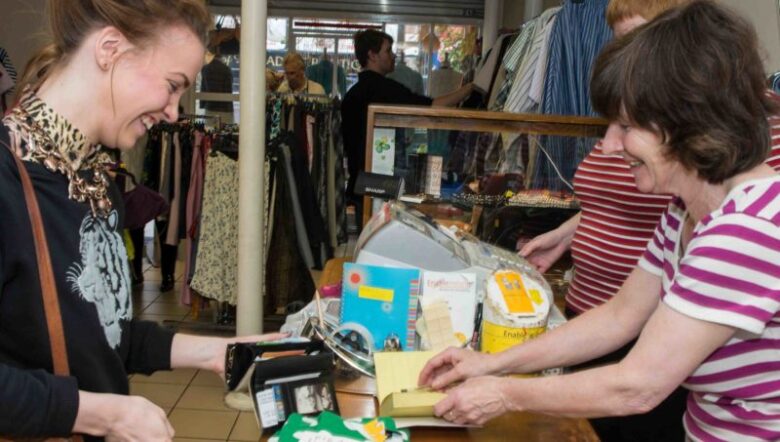Shopping for good is now more popular than ever and there are various ways that you can do it. So, why not ditch the conventional shopping and make a purchase that will make you feel good, as well as give to charity? You can do so during any holiday, as well as major celebrations like birthdays, graduations, and anniversaries. In order for you to understand how a charity shop works, here is a list of things that you might like to know about these shops.
The staff and volunteers
Almost all charity shops have paid managers and volunteer staff who will help sell and sort all the stock. A few charity shops even have their shops run by volunteers only and other organizations found that hiring a manager pays for itself, since these people can give more skills, attention to the job, and more of their time. Depending on the operation size, there might be a regional manager and a manager of retail.

Rent and bills
Like all shops, charity shops have to pay their monthly rent and bills for services that they are using, like gas, water, and electricity. These stores do get some tax concessions since all the profits go to helping people and charities, which provides a major public benefit. The key concessions are no VAT on the sale of the goods that were donated, and 80 percent mandatory non-domestic rate relief, which is, of course, funded by the Government.

Training
The people working or volunteering at these shops all get training on both retail matters (like health and safety) and the charity itself. Hence, they all have an understanding of what the goal of the organization is and how to work safely in the store. They will also get guidance on sales techniques, as well as health and security issues.
Getting donations
Most of the charity stores get their stock through people donating items to them. Some stores also offer to do collections from businesses, schools, and houses. Hence, if you have some clothes that you do not want to wear, do not throw it away, you can instead donate to a charity shop.

Sorting donations
All donations will be processed in the backroom. The items are emptied on a sorting table and the donations are all inspected. Most donors will take care of cleaning their good, however, some might not, so the charity workers need to beware of the items they got.
Cleaning the donations
All charity shops have steamers which can be used to freshen up or clean the clothes. Some shops also have washing machines or a volunteer who will take the clothes home to clean them.
7Pricing
The prices are usually left up to the manager and their team, although some organizations might have pricing guides. There are guidelines on the retail items, and for more valuable antiques, they can be sold online or through an auction.

Selling online
Some stores choose to sell some of the items online. According to DealAid, this is particularly true for selling china or records, since they can attract more customers online, then at the shop.
Gift Aid
These retail shops claim that there has been an increase in Gift Aid, as well as cash donations. This allows them to get extra money for every purchase that is made. When someone donates things to these shops, they will need to leave their contact information, since they will be notified how much they helped to raise for charity.

Conclusion
Charity shops help raise money for their parent charity organizations. Hence, they are quite valuable to the local community, volunteers, and people who will get help.



